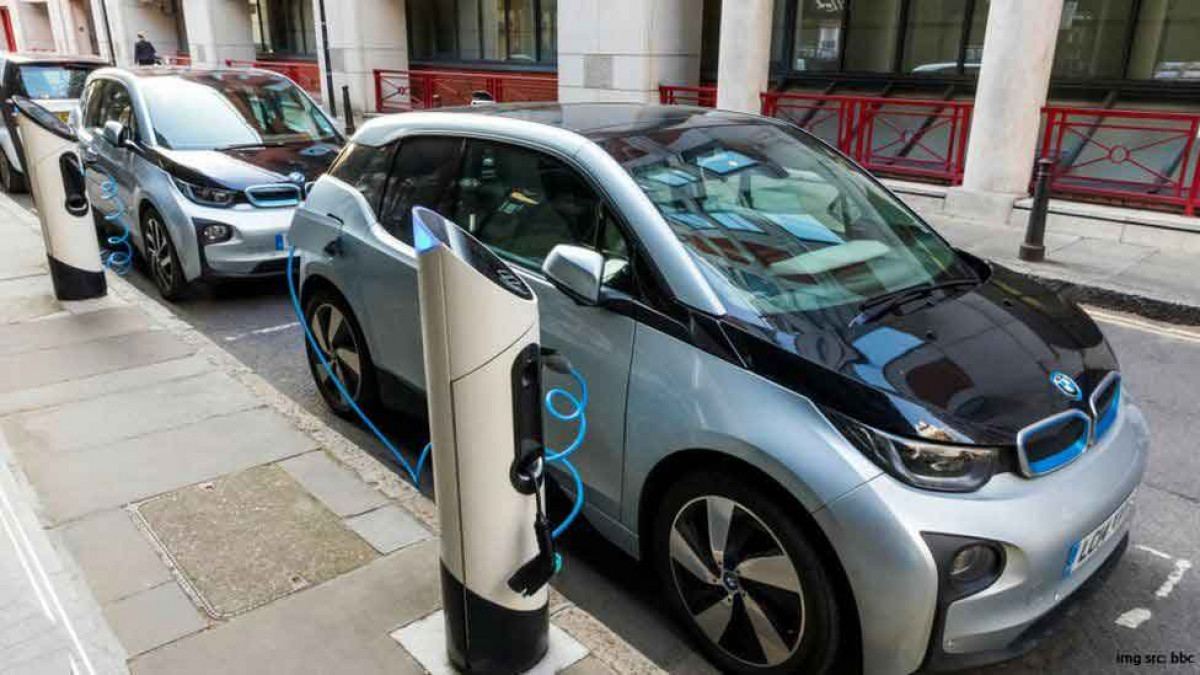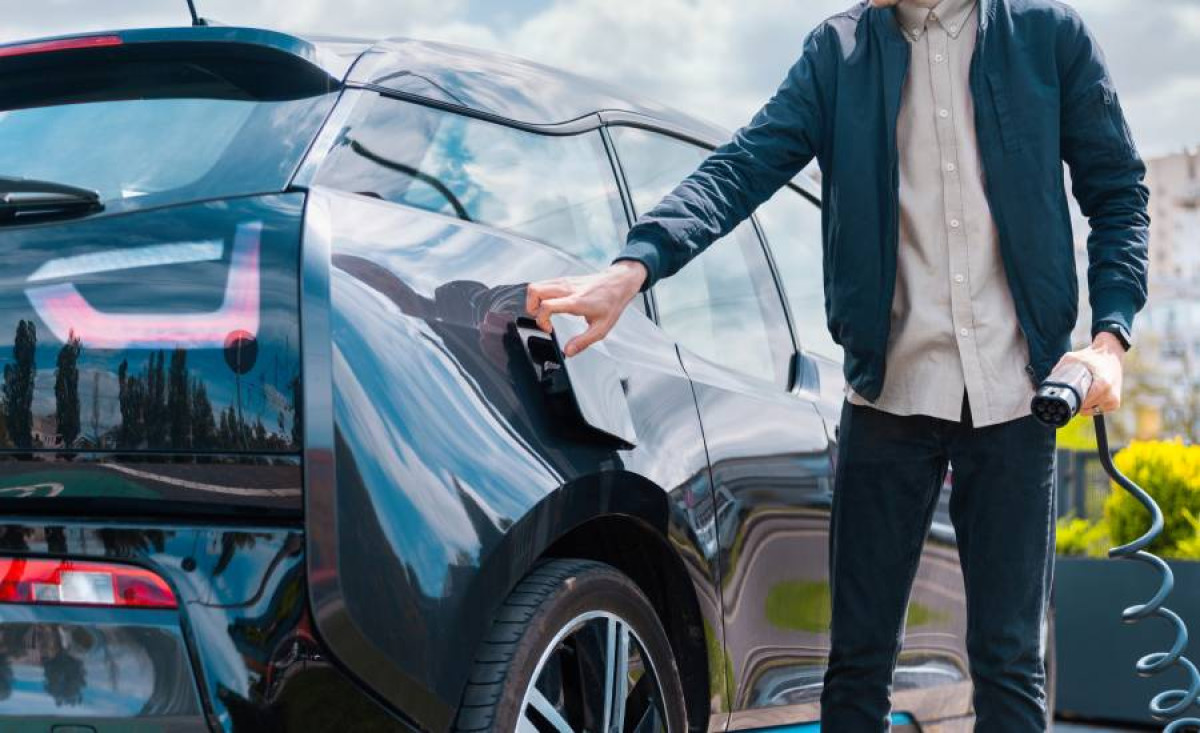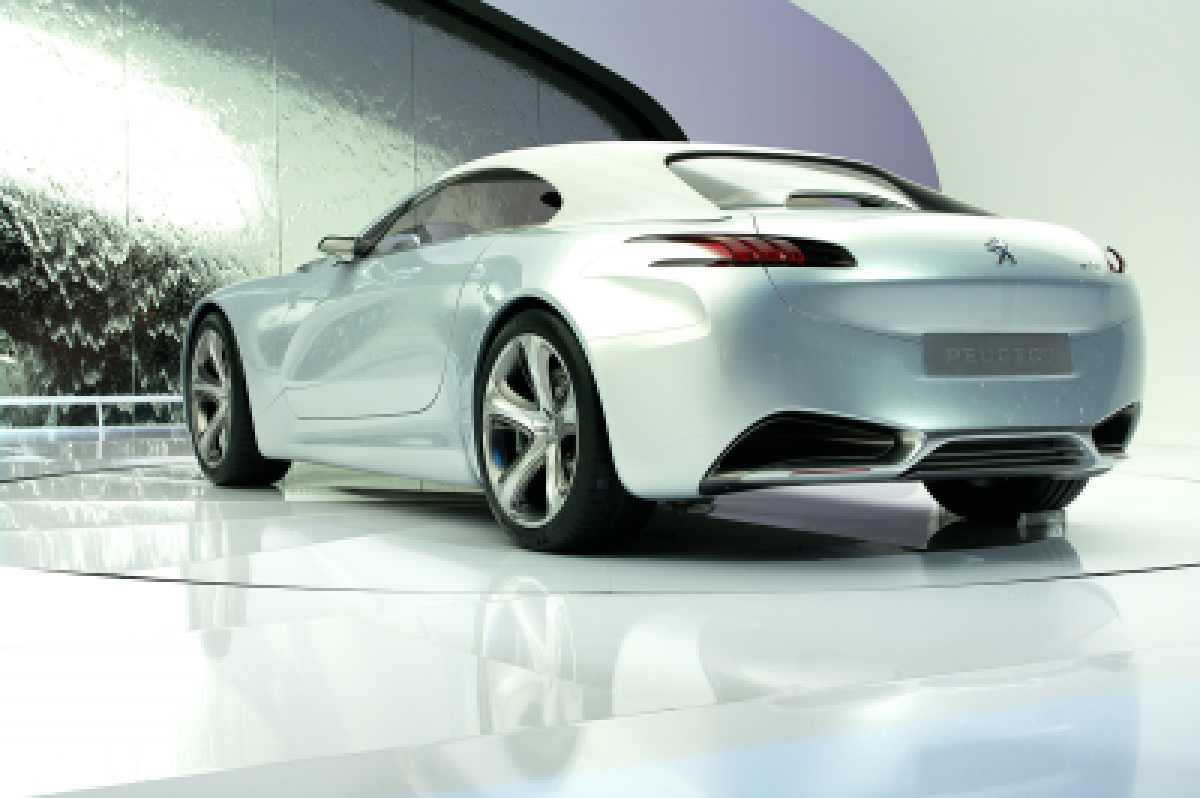Newsroom
Types of Electric Vehicles (EVs) hitting Australia 2022

- Oxcel Finance
- December 10, 2021

With Prime Minister Scott Morrison???s recent announcement of a $250million Future Fuels and Vehicle Strategy plan to speed up the rollout of 50,000 charging and hydrogen refueling stations to fight climate change, expect more EVs to flood the Australian market in 2022. Given more government policy and infrastructure support, lower-priced new models coming into the market, and low-interest rates with green car financial incentives, now is the time to apply for a customised and affordable car loan to get your own EV in 2022.
EVs in Australia
Electric vehicles reduce fuel costs and maintenance costs, add to energy security, decrease air pollution and increase health benefits, help reduce greenhouse gas emissions if charged using renewable energy, and provide enhanced driving experience.
According to the Electric Vehicle Council of Australia, there are currently 33 passenger EV models available in the Australian market, These can be any of four (4) types of electric vehicles:
(1) Battery electric vehicles (BEVs)are fully electric and do not use petrol, diesel, or liquefied petroleum gas (LPG) engines. They are also known as ???plug-in??? EVs because you plug them into an external electrical charging outlet to power up the battery.
(2) Plug-in hybrid electric vehicles (PHEVs)are powered by liquid fuel and electricity. They can be charged with electricity by plugging them into an electrical charging outlet, but they also contain an internal combustion engine that uses liquid fuel for the times when your EV battery is discharged.
(3) Fuel cell electric battery-powered vehicles (FCEVs)use a fuel cell instead of a battery or in combination with a battery or supercapacitor in powering up their electric motors. They are typically fueled by hydrogen and have a greater range than BEVs.
(4) Non-plug-in hybrid EVs (HEVs)use the electricity generated by the EV???s braking system to recharge the battery. Regenerative braking like this is also used in BEVs, PHEVs, and FCEVs.
In Australia, hybrids or HEVs??? pricesstart at around $26,500 excluding on-road costs. PHEVS start at around $42,500. FCEVs and BEVs start at around $47,500.
However, once the initial price is taken out of the equation, EVs are far less expensive to run than conventional internal combustion engine vehicles run by fuels. Compared to the average fuel price of around $1.50 per liter in recent years, for the same distance traveled, an equivalent EV would cost only 33 cents if charged via the electric grid, and even lower if charged to a home grid-like solar-powered energy. EVs also require less maintenance since they have fewer moving parts and less fluid changes.
EVCentral provides a comprehensive list of electric cars, SUVs, and UTEs arriving in Australia in the next few years that span all types of EVs. They include both Australian-manufactured and foreign-produced brands competing in the fast-growing global industry.
Australian-owned ACE, awarded a $5 million grant by the federal government in 2020-2021, has 4 EV models lined up in its fleet, with the first of them, theACE V1 Transformerto hit the roads in 2022. Its ACE Cargo,ACE Urban, andACE Yewtmodels will come out in 2023.
(ACE V1 Transformer design from the ACE site)
Why Apply for an EV loan Now?
Around73% of Australians agreethat EVs are crucial in reducing emissions but they can???t afford to buy one, mainly because of the perception that EVs are too expensive. However, with increased competition in the global industry and less expensive European and Chinese models coming into the market, prices are expected to come down by 2022.
Furthermore,the Clean Energy and Finance Corporation, energy providers, car loan and car insurance providers, as well as banks and other financial institutions are providing financial incentives and easy finance, discounted green car loans to encourage EV purchase. According to the Australian Electric Vehicle Market Study commissioned in partnership with the Clean Energy and Finance Corporation, EVs are expected to match petrol vehicles on both price and range by the mid-2020s.
Applying for an EV loan now and getting yourselfpre-approvedwould put you in the position to readily purchase your EV any time you decide to buy one.
Making it Easy for You
When you get pre-approved for a car loan, you can focus on shopping for your EV instead of also getting caught up in the financing process. Because you???ll know the interest rate in advance, it helps you set a reasonable budget for your EV purchase, affords you more choices with better options, and avoid last-minute surprises, yo-yo financing, and spot delivery scams. It also improves your credit score and assures you quick disbursement of the funds needed for your EV purchase.
Oxcel Finance, a team of experienced professional brokers passionate about cars and car loans serving nationwide thousands of clients, makes it easy for you to avail of a car loan for your EV in five (5) distinct ways:
(1) With its panel of more than 60 mainstream and alternative lenders, Oxcel Finance specializes in looking forfast and flexible vehicle financing for you that is designed to fit your needs and unique circumstances.
You don???t have to research it yourself and go around from lender to lender, wasting your time and energies listening to each lender???s offer and comparing their offers, even as you also study the kind of EV you will eventually want to buy.
(2) Oxcel Finance???spaperless and completely online application processmakes it easier for you to submit an application and have it reviewed and processed than if you were to personally go to their office and submit your application.
All you need to do is to prepare your information and documents covering the following: current employment status and income (prepare last 2 payslips or Business Activity Statements/BAS if self-employed), two types of official identification documents (like driver???s license, passport, Medicare), previous 3 years??? employment history and previous 3 years??? living history (prepare at least last 3 months??? bank statements of all accounts).
(3) Oxcel Finance???s5-step application process takes only a maximum of 90 minutes to complete, from application to settlement, as long as you have all the required information in order (AAA rated customers only, all others can take longer time period).
The online application step takes only 10 minutes, while the following consultation call takes another 10 minutes. The third step involving pre-approval takes 1-2 hours, while the contract signing step takes only 10 minutes. Finally, the settlement step which involves transferring funds to you so you can use them for your purchase takes from 1 to 24 hours.
(4) You can already have an idea of how much monthly, fortnightly, or weekly car loan repayments you will possibly make by using theirfree onlinecar loan calculator now.
You can structure the calculations based on your preferred interest rate, loan term (weeks, months, years), amount borrowed/financed, and residual/balloon value.
(5) Over theentire life of your loan, Oxcel Finance assists you in your needs for considering different loan options, further calculating loan solutions, organizing a mechanical inspection of your intended vehicle, changing your details, and assessing your changeover options, among others. You are not left alone to figure things out by yourself.
Seize the Future
Thefuture of transportation is in EVs, as they address much larger factors than just the need for people???s mobility. EVs answer the challenge of unsustainable fossil fuel-based use and high fuel prices, the need for more widespread, systematic, and global environmental care, and the urgency of mitigating climate change damage. EVs also have shorter payback periods with a longer lifetime of 20 years.
Eight major trendshave been identified that support this prognosis:
(1) Sales forecasts estimate that EVs will comprise 35% of new car sales by 2040.
(2) Charge stations have been increasing exponentially in several countries, with the number of charge stations surpassing the number of gas stations in some countries like Japan.
(3) EVs surpass gas-hybrid vehicles and gas-powered vehicles in lifetime cost effectiveness, translating to an average of $13,000 savings for EVs compared to $8,000 for gas-hybrid vehicles, when lifetime fuel over charging costs and gasoline consumption are computed.
(4) There are now more than 255 ultra-low emission zones (ULEZ) cities around the world, where drivers can only drive zero or low-emission vehicles in these areas.
(5) New technology is reducing cost and charging times of EV batteries and extending their average range per charge, making range anxiety obsolete.
(6) Growing industrial use of EVs has paved the way for e-highways.
(7) Battery swapping, which is the EV equivalent of filling up a gas tank, has been reduced to less than 5 minutes, making EV use easier.
(8) New energy grid technology will soon allow for EV batteries to store energy produced by solar or wind power, saving consumers on charging fees and sustainably helping the environment at the same time with the use of renewable energy.
With the outlook for the future of transportation looking this promising, there is no other way to go but up for EVs. Seize your share of the future by investing in your own choice EV. Start your obligation-free online application here now.







































































































































